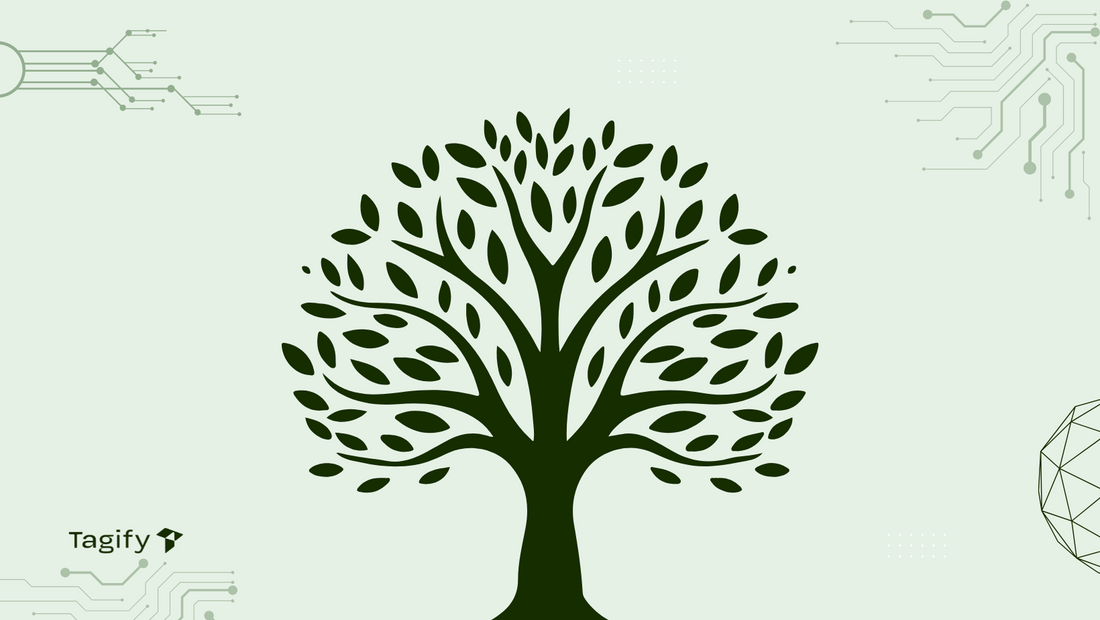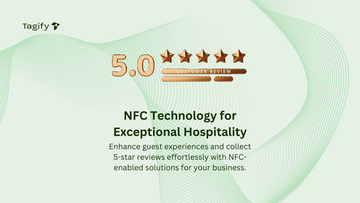Behavior Trees in Autonomous Robotics

Empowering Autonomous Robots: Bridging Mission Statements and Behaviour Trees
The world of autonomous robots is evolving rapidly, moving beyond mere automation to sophisticated machines capable of decision-making and adapting to their environment. At the core of these advanced robots lies Behaviour Trees (BTs), a powerful programming structure that controls their actions. However, for robots to truly serve humanity in meaningful ways, a bridge is needed between the technical complexity of BTs and the human-friendly Mission Statements (MS) that guide their purpose.
This article explores how BTs and MS work together, why translating between the two is crucial, and how this empowers everyday users to interact with and adjust robotic behaviours without needing to be technical experts.
What Are Behaviour Trees and Mission Statements?
Behaviour Trees are a structured way of programming a robot’s decision-making process. They consist of nodes, each representing a specific task or behaviour. For example, a delivery robot might have nodes for detecting obstacles, navigating to a destination, and delivering a package. BTs make it easier for programmers to create robots that can respond to changing conditions.
On the other hand, Mission Statements are high-level, human-readable descriptions of what a robot is supposed to do. They don’t dive into the technical details but instead provide an overview of the robot’s purpose. For example, a Mission Statement for a cleaning robot might be as simple as, “Keep the office clean by vacuuming daily and avoiding obstacles.”
The Gap Between People and Robots
While BTs allow for precise and complex programming, they are technical and not intuitive for most users. This creates a gap: the robot’s behaviour is determined by BTs, but the people using the robots think in terms of MS. This disconnect can limit how effectively robots are integrated into workplaces, homes, or public services.
For example:
- A business owner using a robot waiter may want to adjust its behaviour to avoid busy areas during peak hours.
- A homeowner might want their vacuum robot to clean specific rooms based on their schedule.
Without understanding BTs, these adjustments would require a programmer, making it inconvenient and costly for non-experts.
The Need for a Translation Model
To bridge this gap, a translation model is needed that can convert Mission Statements into Behaviour Trees and vice versa. This model acts as a bridge between humans and robots, empowering everyday users to understand, modify, and optimise robotic behaviours without technical expertise.
-
From Mission Statements to Behaviour Trees:
A translation model can take a high-level Mission Statement and automatically generate the corresponding BT. For example, “Deliver packages to Room 301” could be translated into nodes for navigating, detecting obstacles, and confirming delivery. -
From Behaviour Trees to Mission Statements:
Conversely, the model can interpret an existing BT and display it as a simple Mission Statement, making it easier for users to understand what the robot is currently programmed to do.
Why This Matters
This translation capability is more than just a convenience—it’s about empowerment and accessibility. Here’s why it’s important:
- User Control: Non-experts can adjust and personalise robot behaviour based on their needs, such as changing a robot’s cleaning schedule or delivery route.
- Transparency: Users can understand what a robot is doing and why, fostering trust and reducing the fear of machines acting unpredictably.
- Efficiency: Businesses and households can optimise robot behaviours without needing constant support from technical experts.
Real-World Applications
- In Healthcare: Robots assisting in hospitals could adapt their behaviour based on feedback from nurses and doctors, like prioritising rooms with critically ill patients.
- In Warehouses: Warehouse managers could update robotic forklifts’ behaviours to handle changes in storage layouts without waiting for a programmer.
- In Education: Teachers using robots for interactive learning could modify their behaviours to align with lesson plans or students’ needs.
Challenges and the Path Forward
Building a translation model is no small task. It requires:
- Understanding Context: Translating an abstract statement into specific actions requires a deep understanding of the context in which the robot operates.
- Human-Centric Design: The interface for creating or modifying Mission Statements must be intuitive, ensuring it feels natural for non-technical users.
Despite these challenges, the potential benefits far outweigh the effort. With advancements in AI and natural language processing, creating these models is becoming more feasible.
Conclusion
Behaviour Trees and Mission Statements are two sides of the same coin in the world of autonomous robots. BTs bring precision and adaptability, while MS make robotic goals understandable and accessible to humans. By developing robust translation models between the two, we can empower people to take full control of the robots in their lives, ensuring they serve our needs effectively and transparently.
The future of robotics isn’t just about making smarter machines—it’s about making them more human-friendly. With the right tools, robots will no longer feel like complex gadgets but trusted partners in our daily lives.









